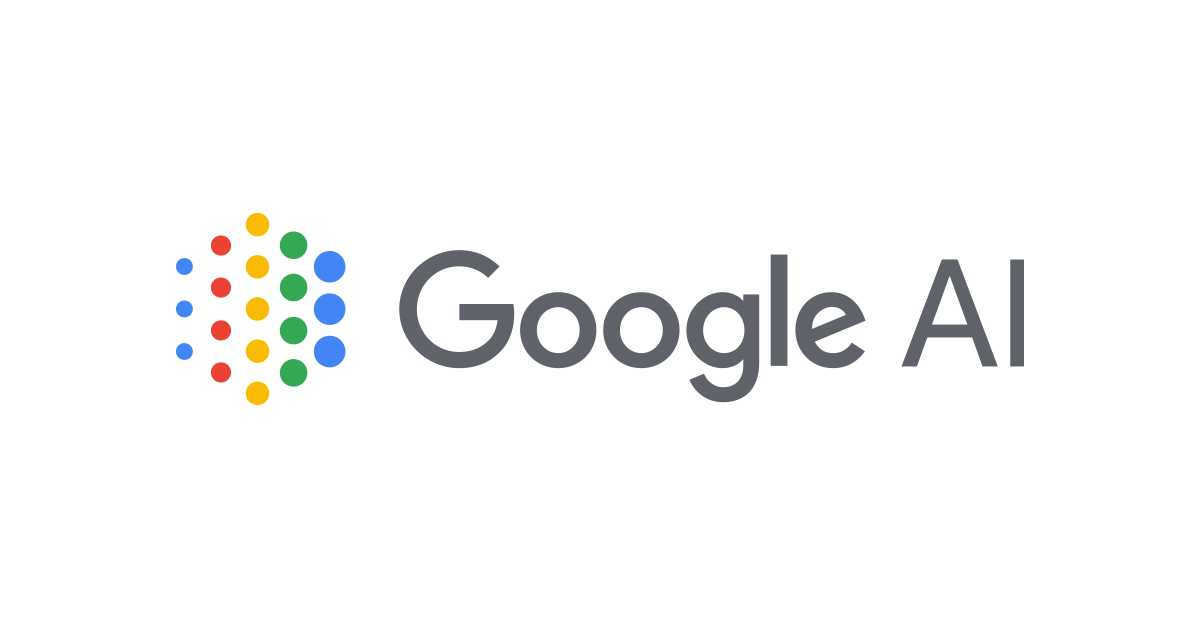If you've noticed that some of your best content isn't showing up in AI-generated answers, you're not alone.
A growing body of research suggests that artificial intelligence tools like ChatGPT, Perplexity, and Gemini increasingly favor more recent content. That means your older blog posts and evergreen guides might be getting passed over, not because they lack quality, but because they lack freshness.
A new study by Ahrefs provides concrete evidence of this shift.
In this article, we'll break down what the data tells us about AI preferences, and more importantly, how you can keep your content current, relevant, and visible in an AI-first world.
The study: AI is leaning towards fresher sources

Ahrefs analyzed ~17 million citations made by various AI assistants, including ChatGPT, Perplexity, Gemini, Copilot, and Google’s AI Overviews. Their goal was to understand whether these tools, which are rapidly becoming key content discovery vehicles, preferred fresher content.
The headline finding? AI-cited content tends to be about 25.7% fresher than what you’d find in traditional Google search results.
- AI-cited content average age: 1,064 days (~2.9 years)
- Google organic results average age: 1,432 days (~3.9 years)
This difference of nearly a full year shows a clear trend: AI assistants are more likely to draw from recently updated or published pages.
This matters because as AI usage grows, so does the importance of appearing in those citations. If your content is outdated, it might be getting skipped over, even if it's still valuable.
ChatGPT leads in freshness
Among all AI tools analyzed, ChatGPT showed the strongest bias towards fresher content:
- ChatGPT reference URLs were about 393 days newer than those found in organic Google search.
- In citation lists, that gap increased to 458 days.
This suggests that ChatGPT's internal citation logic values recency significantly, possibly as a trust or relevance signal. It means that even if your content is well-optimized and authoritative, it may still be overlooked if it's older.
Perplexity and Gemini also skew younger
Both Perplexity and Gemini displayed similar tendencies, citing pages that were hundreds of days fresher than average organic SERP results. Notably, they also ordered in-text citations from newest to oldest, reinforcing the importance of recency.
Gemini's cited content averaged about 1,118 days old, while Perplexity's citations clocked in at around 1,166 days. This shows that while they're slightly less aggressive than ChatGPT in prioritizing freshness, the preference is still strong.
Google AI Overviews: the outlier
Interestingly, Google AI Overviews slightly prefer older content compared to regular Google search. The pages cited were around 16 days older on average, making them an outlier among AI platforms.
This may reflect Google's broader reliance on traditional ranking signals or a hesitance to over-index recency, especially for evergreen or high-authority content. However, it's important not to generalize Google AI behavior across all assistants, especially when others show a clear recency bias.
Freshness isn’t everything, but it helps
Let’s be clear: AI doesn’t ignore older content. The average age of cited pages is still nearly three years. Evergreen quality still matters. But freshness is clearly emerging as a ranking signal in AI assistant citations.
Google’s own John Mueller has warned against updating content dates without making real changes. AI systems can likely detect superficial updates. Meaningful, valuable updates are what move the needle.
So, how do you ensure your older content doesn’t fade into the background?
Let’s explore.
How to update your content effectively

You don’t need to reinvent the wheel. In fact, the best content updates are often simple, strategic improvements. Making the effort to refresh your content helps retain traffic, boosts your chances of earning new citations, and improves user experience. It’s a smart move for SEO, AI visibility, and long-term relevance.
1. Audit and prioritize your content
First things first. Start by identifying pages that are:
- Already ranking well but slipping in traffic
- Evergreen but contain outdated information
- Linked to external data or resources that are no longer current
Focus on high-value posts that have historically performed well. Use tools like Google Search Console, Ahrefs, or Semrush to find which pages have high potential with a bit of refresh work. These are your low-hanging fruit.
2. Update data, stats, and quotes
Old data is a credibility killer. Even a great article loses authority if it references statistics from five years ago.
Replace outdated:
- Statistics
- Industry benchmarks
- Government or institutional references
- Quotes from experts (especially if they’ve changed positions or companies)
Adding new stats not only keeps your content relevant but also increases its chance of being cited by AI tools that seek the most recent data.
3. Refresh images, charts, and media
Visuals age too, and readers can spot them instantly. A screenshot from a 2017 dashboard doesn’t inspire trust.
Consider:
- Updating screenshots of interfaces (especially for SaaS tools)
- Replacing pixelated or outdated infographics
- Embedding updated YouTube videos or podcasts
Fresh visuals signal a modern, up-to-date resource. They also enhance engagement and reduce bounce rates.
4. Improve formatting and readability
Content presentation matters. Even the most insightful article can underperform if it's difficult to read.
Make these changes:
- Add bullet points and numbered lists
- Break up long paragraphs
- Use clear subheadings and call-out boxes
- Add summaries or TL;DR sections for quick takeaways
These tweaks help both humans and AI better parse and understand your content.
5. Add or replace citations
Outdated references lower the authority of your content. New, relevant citations can boost both credibility and AI discoverability.
Update your:
- Outbound links (swap broken or outdated URLs)
- Internal links (point to newer blog posts or resources you’ve created)
- Citations of new research, tools, or case studies
It also helps show that your page is part of a larger, updated content ecosystem.
6. Expand topical coverage and entities
AI models often rely on entity recognition and topic breadth. Thin coverage means less context, which can hurt your visibility.
Ensure you cover:
- All relevant subtopics and terms within your niche
- Mention important brands, tools, or frameworks
- Include semantically-related keywords
You can use SEO and NLP tools to help identify content gaps and enrich your writing with the right terms.
7. Update your published or modified date (honestly)
Once you’ve made substantial edits, update the published or modified date. This signals freshness to crawlers and potentially to AI ranking systems.
But never update the date without real changes. It can harm trust and visibility. Your readers and AI alike are looking for substance, not cosmetic tweaks.
8. Track the impact of updates
Don’t just update and forget. If you’re investing time in refreshing content, make sure it pays off.
Monitor:
- Organic search rankings and click-through rates
- Mentions in tools like Ahrefs Brand Mentions or BuzzSumo
- AI assistant traffic sources (you can use Google Analytics for this data)
Data will help you prioritize future updates and improve your strategy over time.
Workflow tips to refresh efficiently
While a “content update” project may seem daunting, keeping your content fresh doesn’t have to be a massive lift.
Here are some pro tips to make it more manageable:
- Batch updates: Tackle content updates by theme or format (e.g., all listicles this month).
- Set a content refresh calendar: Review your top 20 pages every quarter.
- Use AI tools: Use tools like ChatGPT to rewrite intros, rephrase stats, or suggest new subheadings if you’re short on resources.
- Collaborate: Assign different update roles across your content team (writer, editor, designer).
Don’t fall into the freshness trap
While it’s clear that AI favors fresher content, remember: freshness is a complement, not a replacement for quality.
Avoid these pitfalls:
- Only changing dates: It might fool a reader temporarily, but not search engines or AI assistants.
- Superficial edits: Fluff won’t help your rankings or citations.
- Over-optimization: Chasing freshness at the expense of clarity, depth, or originality can backfire.
Focus on staying useful, accurate, and up-to-date, and the AI citations will follow.
Final thoughts
The AI content landscape is evolving fast, and the recent Ahrefs study confirms what many have suspected: AI assistants prefer to cite fresher content.
With tools like ChatGPT leading the charge toward freshness bias, regularly updating your content is more than just good SEO practice. It’s your ticket to AI visibility.
Start by identifying what to update, prioritize meaningful changes, and build a workflow that keeps your evergreen content fresh. You don’t need to create something new every week. Just make what you already have better and more current.
Because in the world of AI citations, the freshest voice often gets heard first.
